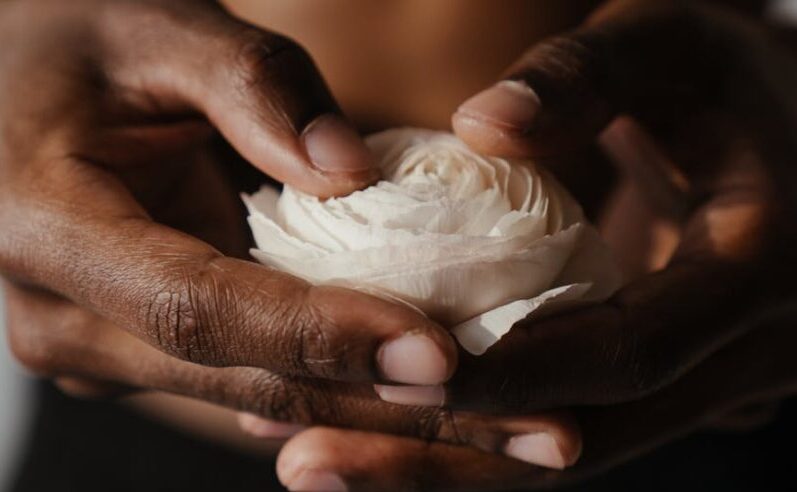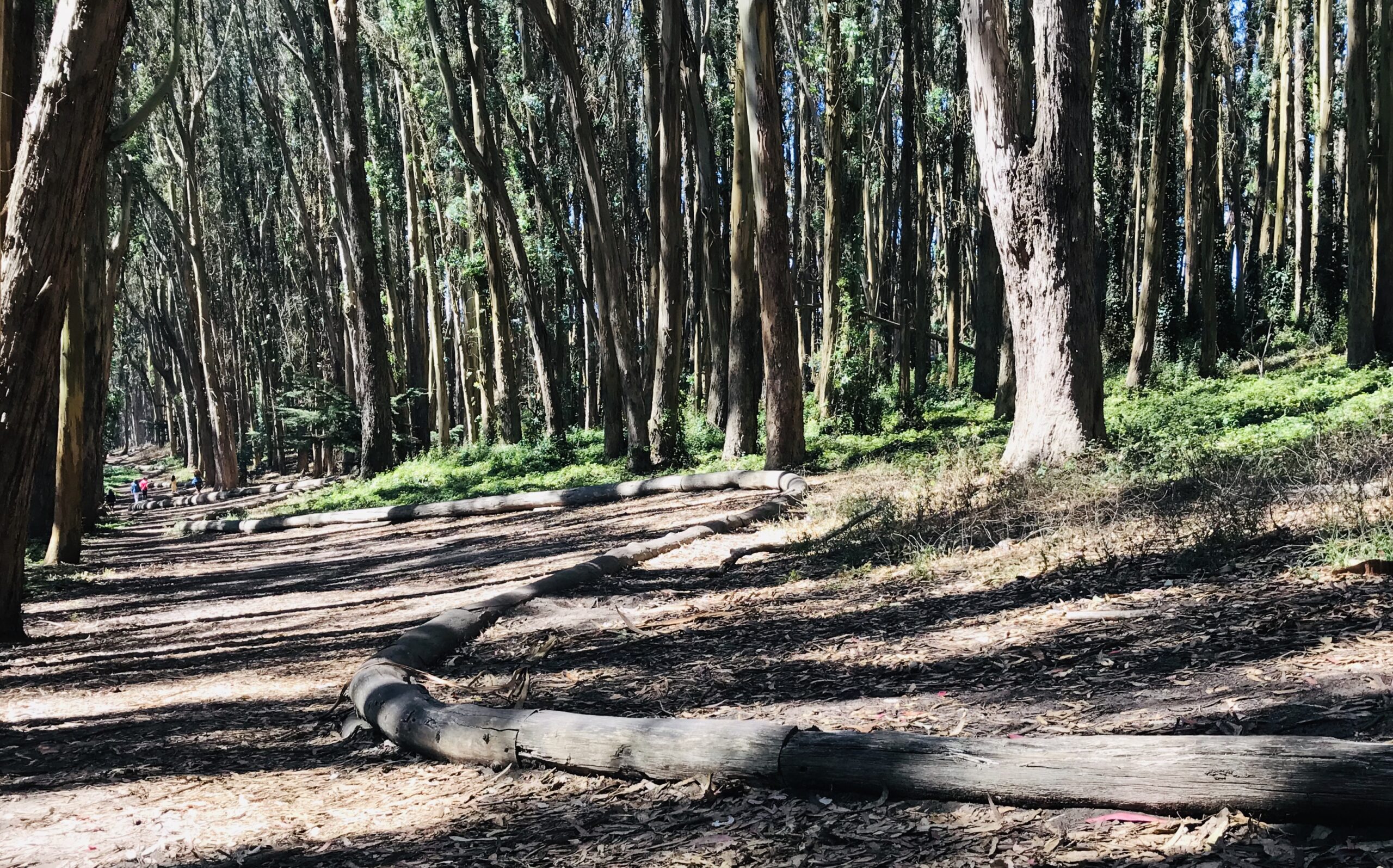This is Joy. She arrived in the waning days of 2013 and, besides being a stunningly beautiful addition to our extended family, she is a miracle of learning. Over the course of the next 365 days, Joy will, following the normal process of human development, go through changes so profound that to contemplate them at any length is to be stupefied by the truly extraordinary.
I spend quite a bit of time thinking, learning, writing and speaking about the relationship between learning and change and, when I met Joy for the first time I recognized an appreciation for this relationship in a much more fundamental way than I was capable of at the birth of my own children. Their entry into the world required so much necessary focus of time and attention that I lacked the objectivity to really appreciate what was going on in their incredibly expansive infant experience. I knew they were beginning developmental journeys of enormous magnitude but I simply lacked, between diaper changes and general exhaustion, the space to take it in.
According to livescience.com’s “11 Facts Every Parent Should Know About Their Baby’s Brain”, at birth Joy’s brain was one-quarter the size of her adult parent’s. By the time she celebrates her first birthday it will more than double to reach 60 percent of its adult size. This growth happens so quickly and so dramatically in part because…
“Baby brains have many, many more neuronal connections than the brains of adults. They also have less inhibitory neurotransmitters. As a result, researchers such as (Alison) Gopnik have suggested, the baby’s perception of reality is more diffuse (read: less focused) than adults. They are vaguely aware of pretty much everything – a sensible strategy considering they don’t yet know what’s important. Gopnik likens baby perception to a lantern, scattering light across the room, where adult perception is more like a flashlight, consciously focused on specific things but ignoring background details.
As babies mature, their brains go through a “pruning” process, where their neuronal networks are strategically shaped and fine-tuned by their experience. This helps them make order out of their worlds, but also makes it harder to innovate and come up with such breakthroughs as spinach puree face paint. Creative people, Gopnik and others have argued, have retained some ability to think like an infant.”
Here’s what I think we should do with this: we are at the beginning – the infancy – of yet another new year and we have so much we can focus on and only so much we can accomplish. There are innumerable possibilities to explore, infinite avenues to walk and while experimentation and discovery is incredibly valuable – even inspiring – it still remains that for each of us we will feel more deeply fulfilled and accomplished come this time next year if we have actually achieved one or two “most important” things.
I believe that our responsibility as learning leaders is to find a middle way; to prune away the excess information and distractions that prevent us from focusing on our best learning opportunity – the one that really will equip us to change – and to allow enough branching out to inspire our creative selves and to fire our appetite for the possible.
Perhaps our best resolution in this new year is to walk with a lantern in one hand and a flashlight in the other.






